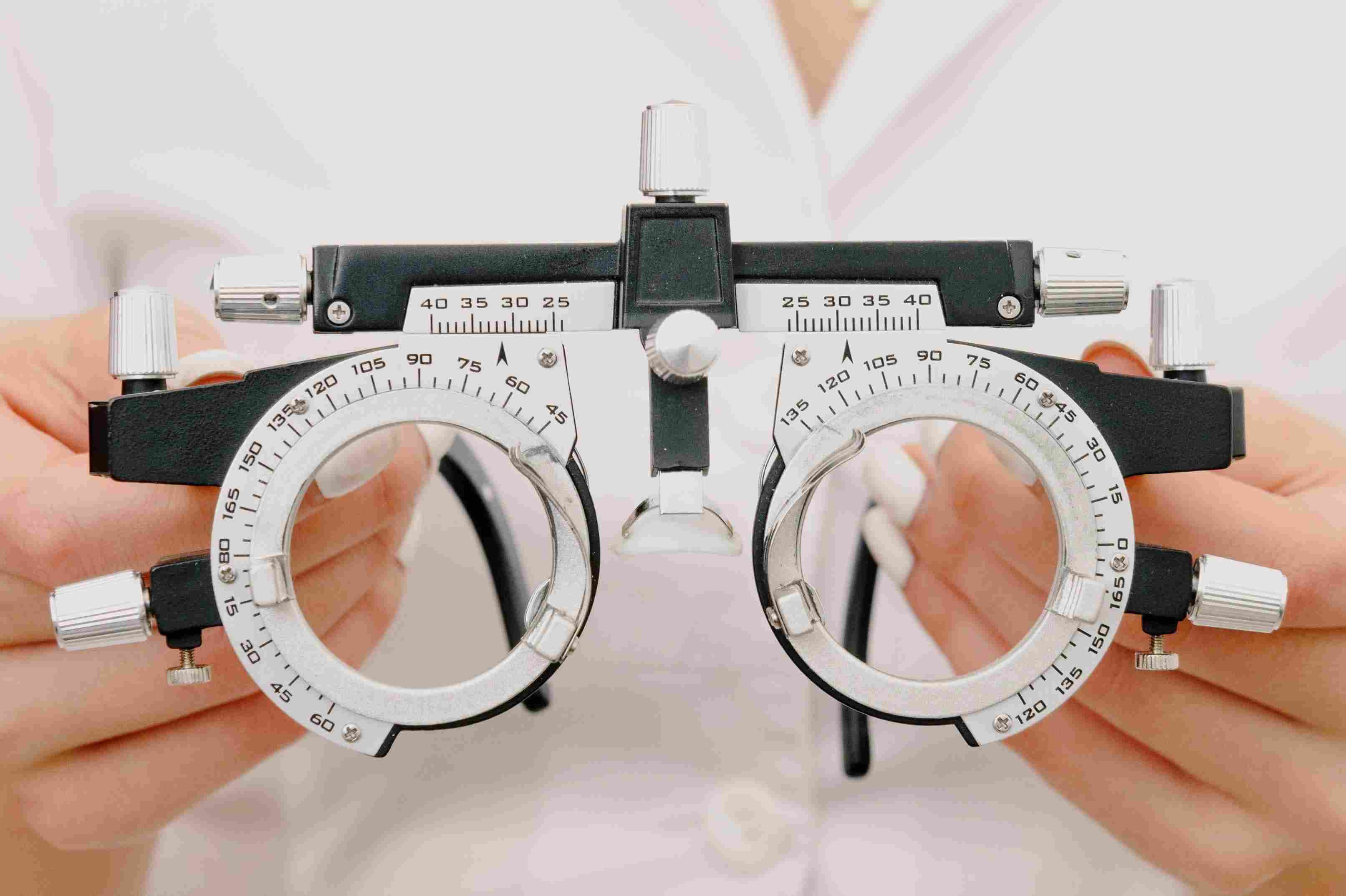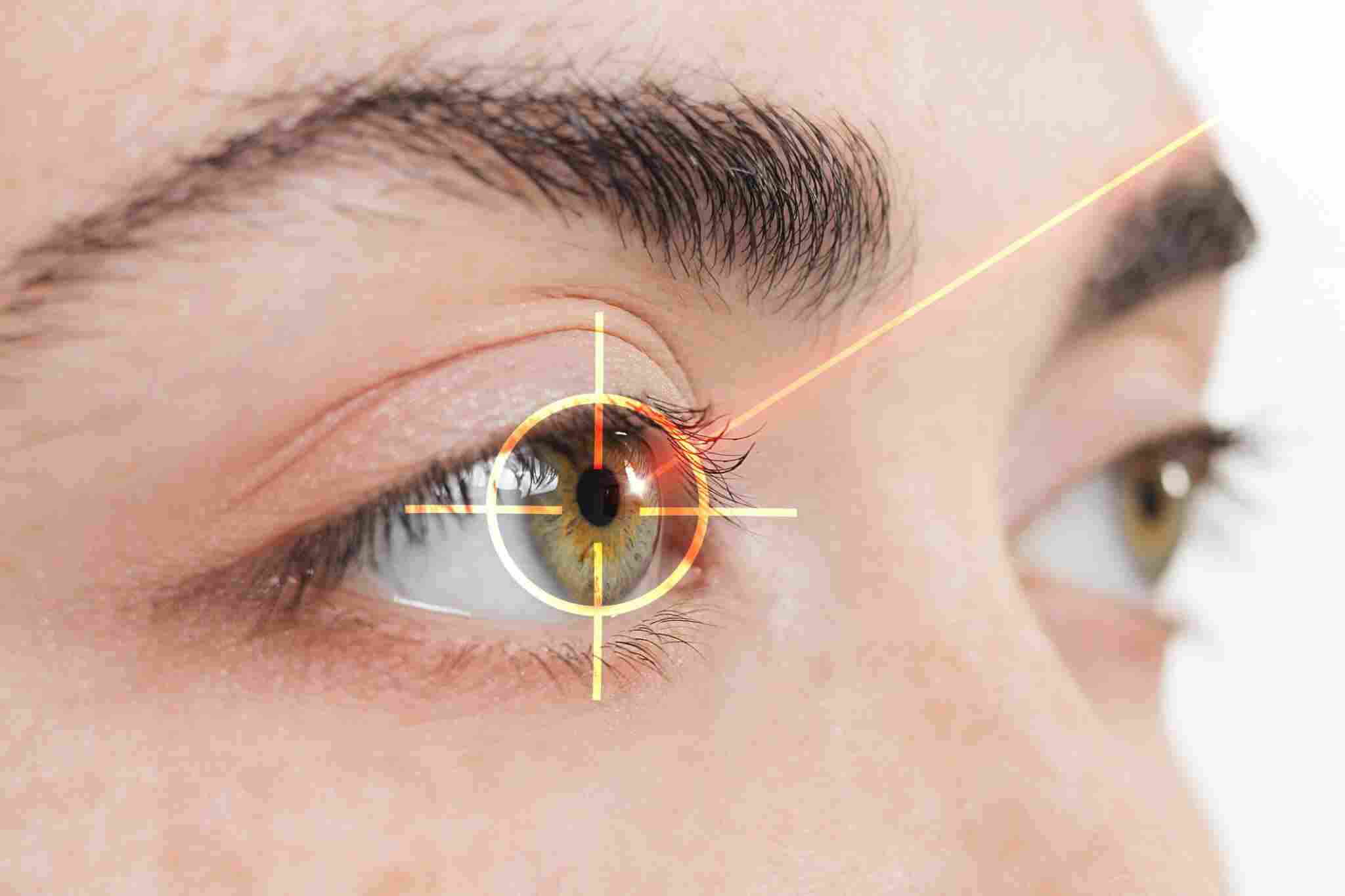Introduction by Dr. Russell from VSON
Hi, it’s Dr. Russell from VSON. When I tell people I’m a LASIK surgeon, some ask me: “What’s the latest laser eye surgery technology?”
The Evolution of Laser Eye Surgery
The First Generation: PRK and TransPRK
The first generation of laser eye surgery included procedures like PRK (Photorefractive Keratectomy). PRK, and its evolution TransPRK, are surface procedures that, while effective, may bring postoperative discomfort to patients.
The Second Generation: LASIK
LASIK (Laser-Assisted In Situ Keratomileusis) emerged as the second generation, providing an alternative to surface procedures. Over the years, LASIK technology has improved significantly. Initially using an excimer laser, LASIK saw a major advancement in 2001 with the introduction of the femtosecond laser, avoiding the use of a mechanical blade (microkeratome). Subsequent improvements included the introduction of Wavefront LASIK, enabling more personalized procedures.
The Third Generation: Lenticule Extraction (SmartSight)
The third generation of laser eye surgery is lenticule extraction, with SmartSight being a notable example. SmartSight, an advanced keyhole LASIK surgery, offers significant advantages over traditional LASIK and its predecessor, SMILE. Unlike creating a flap, SmartSight uses a laser to shape a thin lens-shaped layer of corneal tissue, which is then removed through a keyhole incision. The incision length in SmartSight is less than 10% compared to LASIK, translating into various benefits for patients.
The Future of Laser Eye Surgery
Over the past two decades, laser eye surgery has continually improved. Elective surgery, such as laser eye surgery, has seen a rise in popularity, with approximately 95% of patients finding the results satisfactory. The future of laser eye surgery looks promising as tools and methods continue to advance, enhancing appeal and reliability. For those seeking improved vision without glasses or contacts, laser eye surgery remains a compelling choice.









